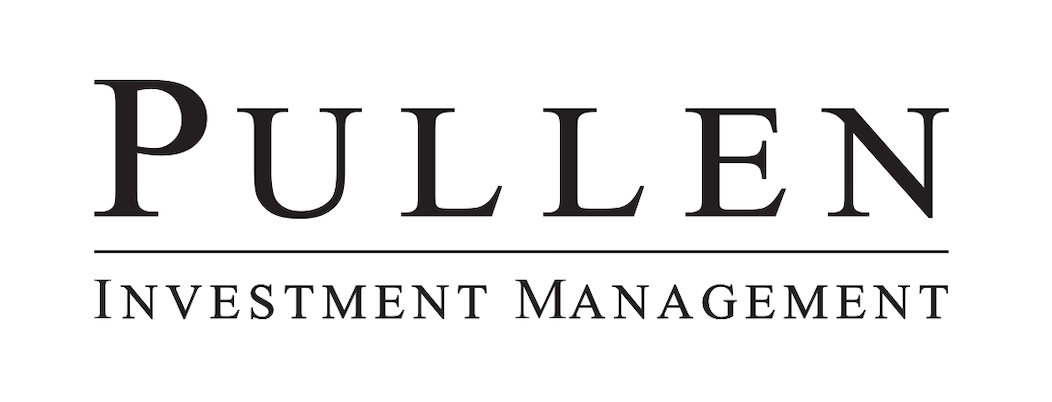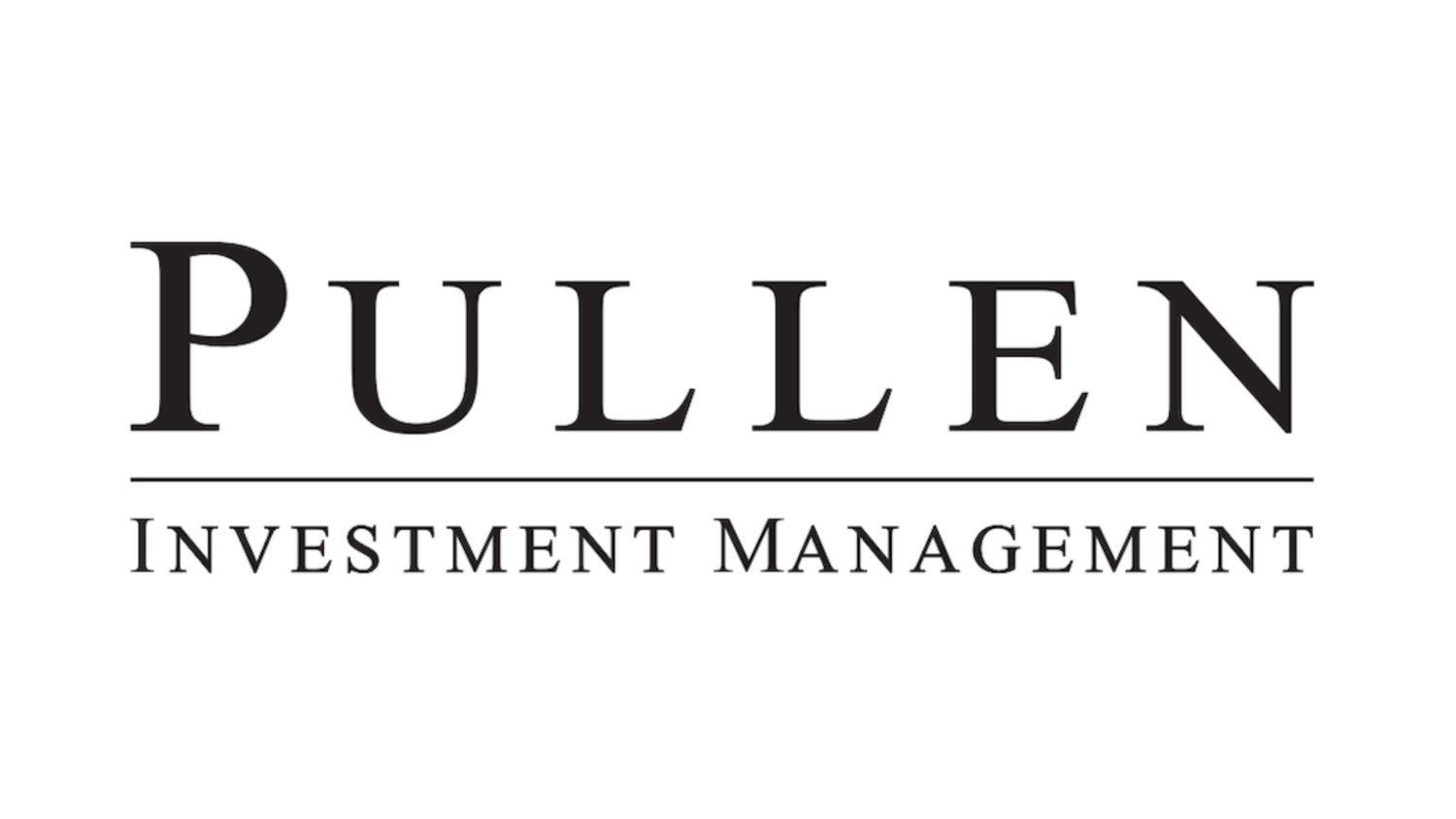Q4 - January 2023
Stocks bounced and bonds rallied in the fourth quarter to close out the year with a less bad taste in everyone’s mouth. Each year is different and remarkable in its own way, but 2022 will always be remembered for the change in interest rates and the Fed’s 425 basis points of hikes. As a result, the markets clearly began to shed themselves of a lot of fluff and excess that resulted from zero rates, as valuations and confidence or hubris returned to earth. This has not meant that everything went down, but what was “hot” when rates went to zero is “not hot” today. The recipe for good relative performance in hot or cold markets is always a combination of having a couple of big winners and avoiding more of the losers. 2022 was mainly about the latter with the most speculative or crowded names seeing considerable pain as the proverbial tide started to roll out. We consistently try to avoid the crowded and speculative type, and our unchanged philosophy of Quality, Value and Catalysts delivered as advertised.
Explaining the current economic picture is challenging these days. The labor market remains very tight with the latest unemployment rate at 3.5% and there is still evidence of consistent or healthy demand from consumers. With that said, there are also clear signs of slowing activity in certain important corners of the economy, such as housing, which is coming down from a “hot” level. At times like this a good reference is the Conference Board’s leading, lagging, and coincident indicators. These indices are composed of reliable or proven data series, that have historically either led, lagged, or occurred at the same time as turning points in the broader economy. The current picture shows how lagging data, such as inflation and employment continue to move higher, while the leading data, such as consumer expectations, interest rate spreads, and business orders have collectively weakened.
The question or debate is not will we have a slowdown but how deep will the recession be? In August the Fed president said that there will be “some pain” ¹, and the consensus among economic forecasters is a recession by the 2 nd quarter. The use of the word “some” is intentionally vague because the Fed knows that the tool that they are using to address the current inflation problem is very blunt, and their expectation as to when they will be done raising rates (the tool) has consistently been moving up and further down the line. As it most recently stood, the Fed’s best guess at the peak in short term rates in ’23 is now expected to be above 5%, up from less than 3.5% back in June.
We know that warmer days will come, but we are still focused on finding opportunities that will work in a “not hot” market.
Tyler Pullen, CFA
Portfolio Manager
¹ “Powell warns of ‘some pain’ ahead as the Fed fights to bring down inflation”, Jeff Cox, 09/26/2022, www.cnbc.com
Past performance does not guarantee future results. Market conditions can vary widely over time and can result in a loss of portfolio value. In accordance with the rules of the Securities and Exchange Commission, we notify you that a copy of our ADV, Part 2A filing with the SEC is available to you upon request.



